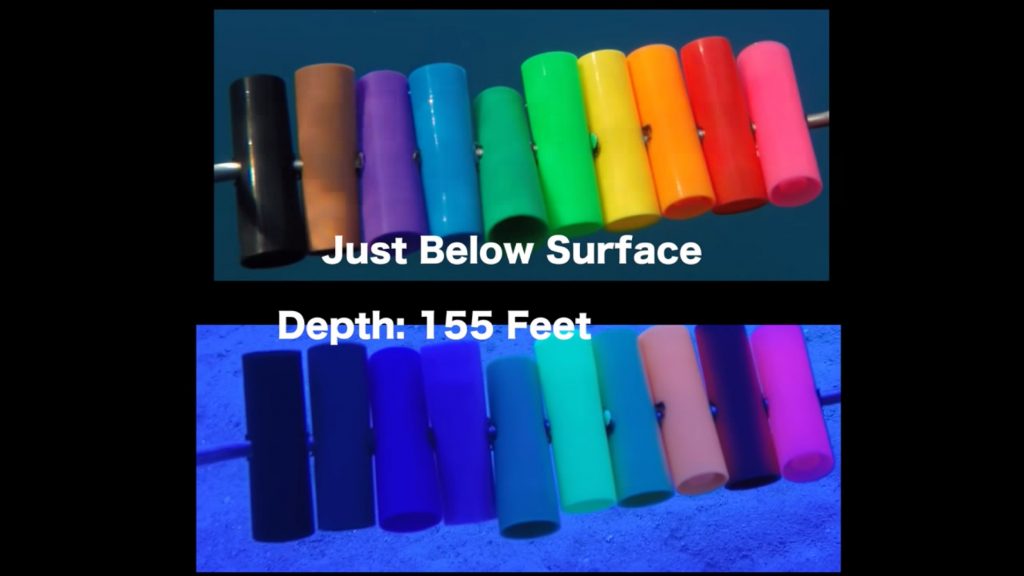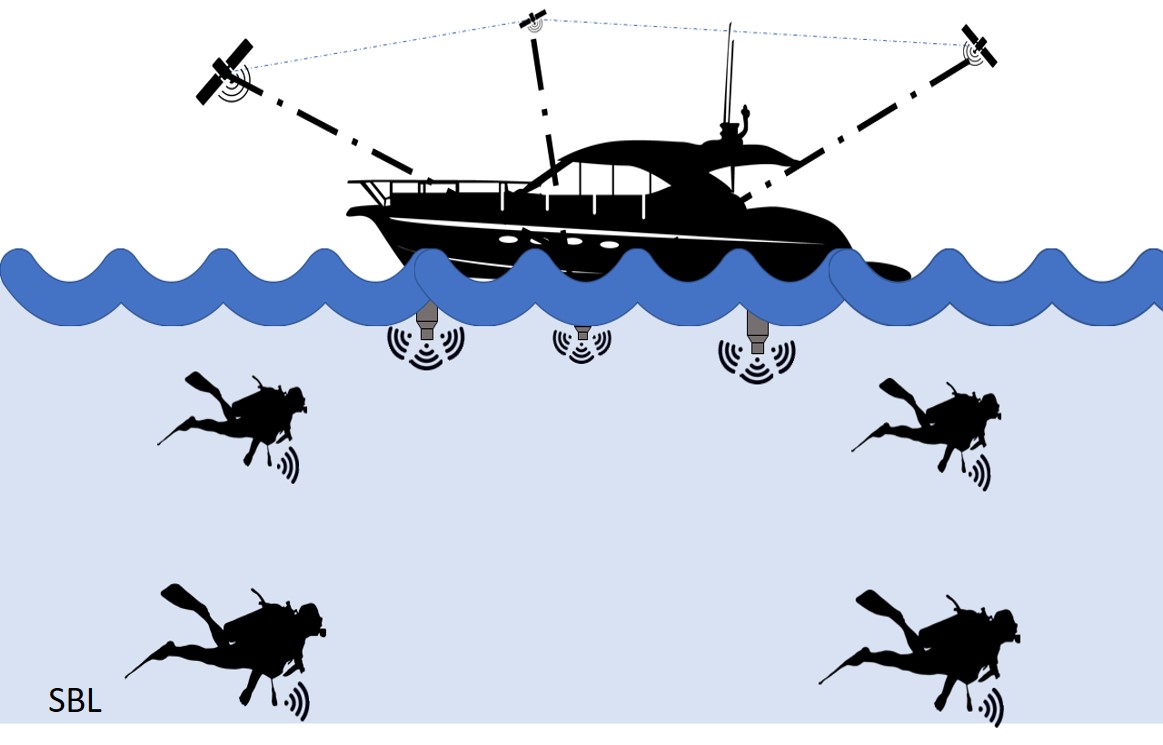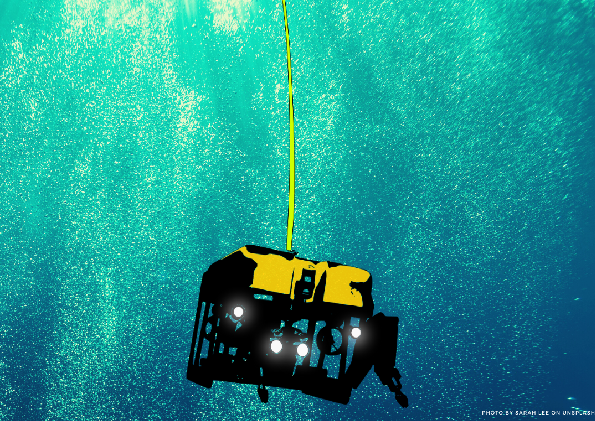Reading time: 5 min
Today, thanks to technology, whether in cell phones or smart accessories, it is possible to know where on earth you are at every moment. If you are a diver or you are struck by learning to dive, either for your work, for your venture or to have a great time, the following question may arise:
J
Is it possible to know where I am underwater?
J
We may be tempted to associate the benefits provided by technology on land to activities in underwater environments, but unfortunately, the technology of cell phones and other accessories does not work the same under these conditions.
In this article, we explain how you can know the position below the surface of the water. Explaining first how systems work on dry land and then the operating principles of acoustic communication
In our next blog, we will talk about different applications, and among them is coral restoration
J
Positioning systems and geo-referencing
Before we can talk about underwater positioning systems, it is important to understand what “positioning” and “georeferencing” mean.

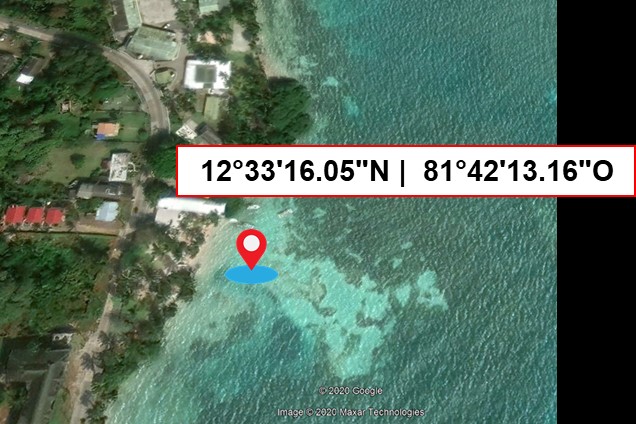
How is it possible to know what my geographical coordinates are?
One of the elements that we use the most is cell phones, which allow us to locate ourselves through satellites that orbit around the earth and a GPS (global positioning system) receiver integrated into the cell phone. This location is determined by the distance of a point on Earth from 4 satellites within Earth’s orbit. For this:
- Each satellite sends (through electromagnetic waves traveling in the air) the time at which it received the signal or the “message” from the cell phone, and it is compared to the time on the cell phone.
- Knowing the difference between the time a signal is sent from the cell phone and the time it is received from each satellite (time), and the speed at which the signal travels (speed of light), you have enough information to calculate the distance between the cell phone and each satellite.
- This is how you can determine the location of any cell phone on earth.
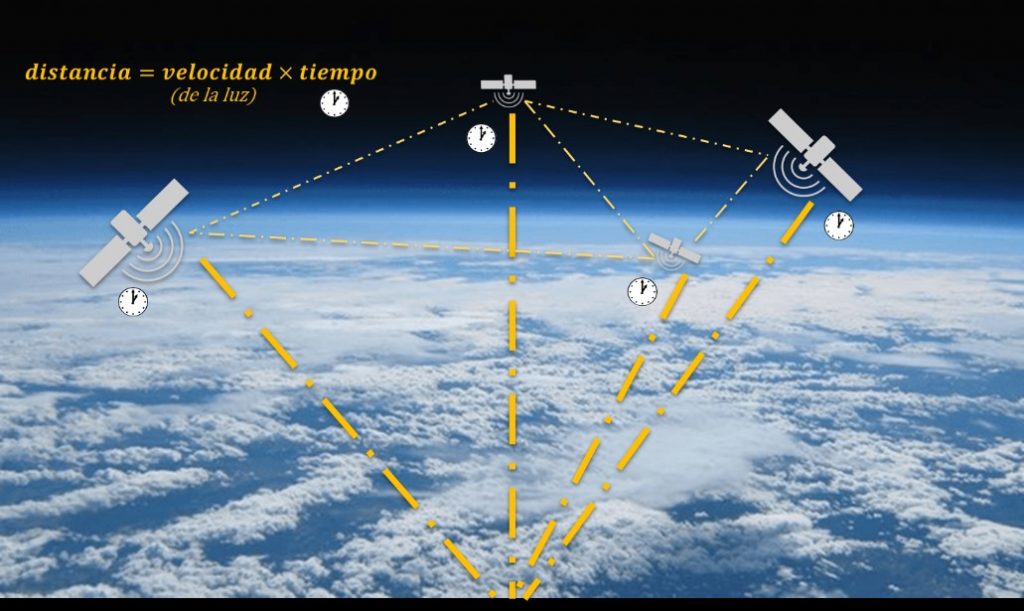
What happens underwater?
Now, it must be taken into account that the speed at which light travels depends on the characteristics of the medium in which it is transmitted, for example, the speed of propagation is different in air and in water. In fact, light quickly “weakens” when it passes from air to water, we can easily notice this when taking underwater photos, since some colors such as red and yellow are fading. For this reason, it is common to use some type of filter or improve the images with some specialized software.
In the case of the electromagnetic signals used by GPS and cell phones, these weaken even faster than light, they do not penetrate to depths greater than 50 cm. For this reason, ultrasonic acoustic signals are used to transmit signals underwater, which are not audible to the human ear. For example, some marine animals use acoustic “signals” to communicate
Currently, there are two strategies and different devices to know the underwater position:
1. Wired
It is possibly one of the easiest to implement, it consists in using a surface buoy with a GPS antenna, which is connected through a cable to a device operated by a diver, where the coordinates of the buoy on the surface are shown. Those may be different from the coordinates of the diver depending on the waves and currents
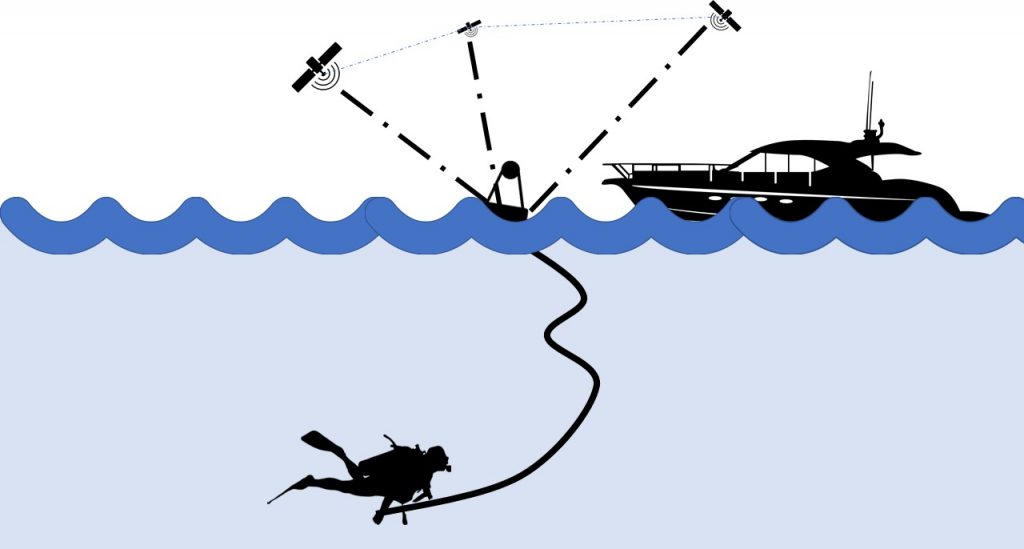
2. Wireless
The vast majority of wireless location equipment is based on acoustic technologies. It is much more versatile for the diver, but it requires more surface infrastructure.
There are different forms to implement underwater acoustic communication which, in essence, as with GPS, is based on the location of different reference points. Making the analogy with GPS on the surface, we could call these reference points “satellites” in water, from where the distance to a particular point is measured to know its position (some common configurations are LBL, USBL, SBL)
What do you need to know to get geographical coordinates underwater?
Thus, to know the geographical coordinates of a point below the surface of the water it is necessary:
- To locate the position with acoustic “satellites” that are partially submerged,
- To complement that information with the location of the satellites that are in the Earth’s orbit,
- To group both data to obtain coordinate information under the water surface .
What is the price range of commercial solutions?
Currently, multiple commercial options provide a complete underwater geo-referencing solution. These solutions range from USD 5,000 which require additional development, to USD 150,000 which are ready-to-use solutions.
What have we done at DeepCo on underwater positioning issues?
Particularly at DeepCo, we developed a device that allows us to increase safety in diving using underwater positioning technologies. Learn more about the project by clicking here and leave us your questions or comments.
Remember, this is just one of the many technological challenges that you might identify in your organization. Thank you very much for reading us. Do not hesitate to contact us so together we can face those technological challenges in your company.
Our philosophy is to strive to transmit and share our knowledge in a transparent and friendly language, for anyone independent of their background, and we hope that with the blog we can transmit a little of what we know
DeepCo team


